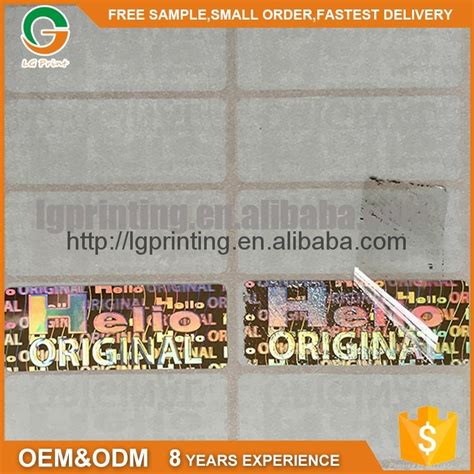How to Identify Counterfeit Labels: A Comprehensive Guide
What Are the Key Signs of a Counterfeit Label?
Counterfeit labels are becoming increasingly sophisticated, making it challenging to differentiate between genuine and fake products. By understanding the common indicators of counterfeit labels, you can confidently identify genuine products. This section covers the crucial signs to look for.
1. **Inspect the Quality of the Material**: Genuine labels often use high-quality materials that are durable, resistant to wear, and often have a slight sheen or texture. Fake labels, on the other hand, may feel flimsy or poorly printed.
2. **Check the Font and Typography**: Genuine brands use consistent, well-aligned fonts. Check for discrepancies in font type, size, or spacing, which are often telltale signs of counterfeiting.
3. **Examine the Logo and Branding**: Look closely at the logo. Counterfeit labels often have minor inaccuracies in logos, from incorrect colors to misspelled brand names. Cross-reference with a genuine product if possible.
4. **Pay Attention to Colors**: Fakes may use colors that are slightly off or faded, while genuine labels are vibrant and consistent with brand standards.
5. **Spotting Holograms or Watermarks**: Many brands use holograms, watermarks, or special inks that are difficult to replicate. Fake products might lack these security features or have poor-quality imitations.
6. **Look for Spelling Errors and Poor Grammar**: Authentic brands meticulously check spelling and grammar on labels. If you find errors, it’s likely counterfeit.
7. **Barcodes and QR Codes**: Authentic products use valid barcodes and QR codes that can be scanned to verify the product. Fake labels may have non-scannable codes or mismatched information.
8. **Inspect the Label’s Adhesive**: Genuine labels have high-quality adhesives, while counterfeits may use weaker glues that cause labels to peel or shift.
9. **Country of Origin**: Often, fake products incorrectly state the country of origin, which is easy to verify against authentic product descriptions.
10. **Verify the Serial Number**: Many brands include a serial number on the label that can be checked on the brand’s official website. Fake labels may have a random or invalid serial number.
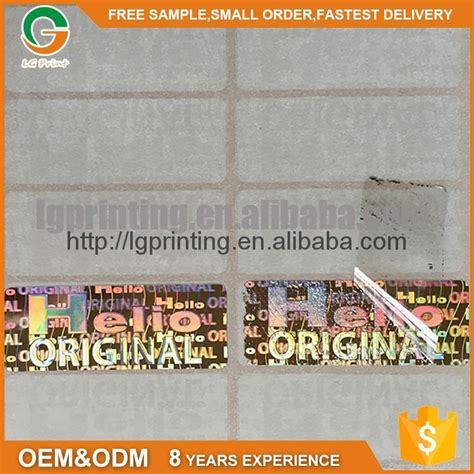
How Can You Distinguish Counterfeit Labels from Genuine Ones Based on Texture?
Texture can reveal a lot about a label’s authenticity. Genuine labels are usually made from high-grade materials that feel premium, while counterfeit ones often feel rough, thin, or flimsy.
1. **Surface Smoothness**: Authentic labels often have a smooth, seamless surface. Fake labels may feel grainy or uneven.
2. **Lamination Quality**: Many genuine labels use lamination for durability. Fake labels may lack this feature or have a low-quality lamination that peels easily.
3. **Textile Labels**: For products using textile labels, feel the fabric. Genuine textile labels are soft and durable, while fake ones may feel coarse and are more likely to fray.
4. **Raised Elements**: Some genuine labels include raised text or images. Run your fingers over the label; counterfeit labels often skip these tactile details.
5. **Temperature Sensitivity**: Genuine labels may have heat-sensitive materials or inks that react to touch. Fake labels generally lack these materials.
6. **Scratch Test**: Some labels use scratch-off areas to reveal authenticity codes. If a scratch-off area feels too smooth or comes off with minimal effort, it may be counterfeit.
7. **Check for a Plastic Feel**: Some counterfeiters use cheap plastic that feels rigid. Genuine labels are typically flexible and have a natural texture.
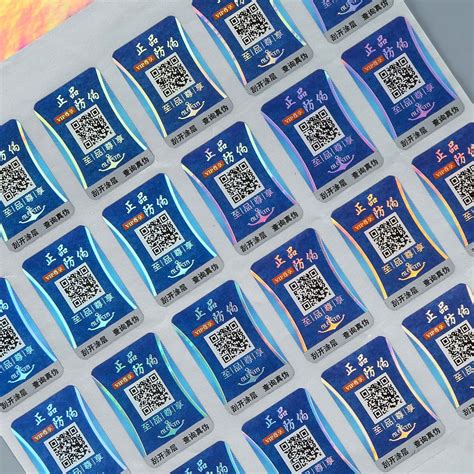
How Important Is the Color Accuracy in Identifying Fake Labels?
Color accuracy is a reliable way to differentiate between real and fake labels. Brands invest heavily in ensuring color consistency, which is hard to replicate by counterfeiters.
- **Consistent Branding Colors**: Brands have specific shades associated with their identity. Counterfeits may be slightly off-color.
- **Color Fading**: Fake labels often use inferior ink that fades quickly, especially when exposed to sunlight.
- **Special Inks**: Many genuine labels use UV-sensitive or metallic inks, making it challenging for counterfeiters to reproduce.
Use a table to compare color characteristics:
| Characteristic | Genuine Label | Counterfeit Label |
|---|---|---|
| Color Consistency | Vibrant, uniform | Often dull, inconsistent |
| Fade Resistance | High fade resistance | Prone to fading |
| Special Ink Presence | Often present | Rarely present |
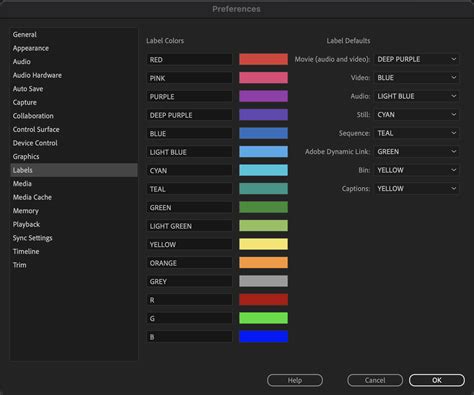
Can Barcode and QR Codes Help Spot Counterfeit Labels?
Barcodes and QR codes are becoming crucial in identifying counterfeit labels, as many brands use scannable codes for verification. Here’s how to use them effectively:
1. **Check for Scannability**: Genuine codes scan easily, while counterfeit codes may not work.
2. **Information Matching**: When scanned, the product information should match the label details. If there’s a mismatch, it’s likely fake.
3. **Database Lookup**: Many brands provide online tools to verify codes.
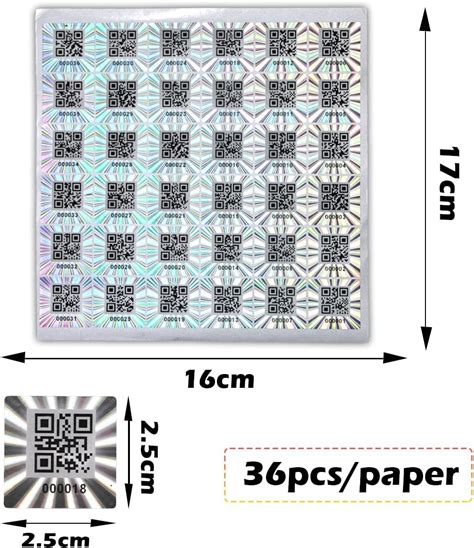
FAQ
- How can I tell if a label is counterfeit?
- What materials do authentic labels use?
- Are barcodes and QR codes effective in detecting fakes?
- Can texture help identify genuine labels?
- Do counterfeit labels have spelling errors?
- Why is color accuracy important for label verification?
- What role does brand logo quality play in spotting fakes?

